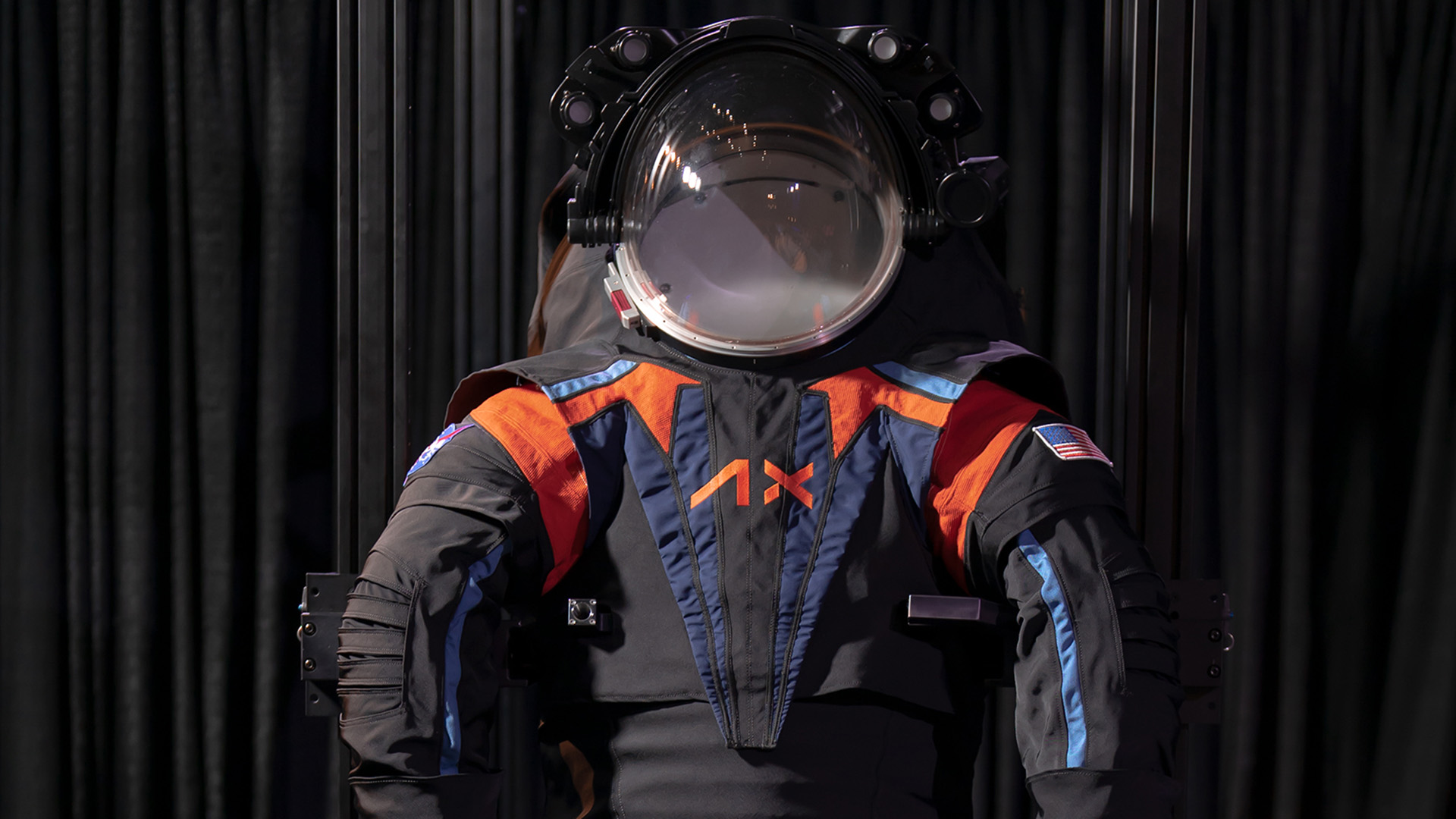NASA’s Artemis I mission is well behind us, with the Orion space capsule showcasing its abilities as a long-distance spacecraft. The next step of the process will see NASA sending the capsule around the Moon with four astronauts aboard. The success of this mission will no doubt help determine whether or not future Artemis missions will continue. Here’s what we know about the Artemis II mission so far.
The second Artemis mission is exciting because it’ll be the first time that humankind has orbited the Moon since the Apollo missions over 50 years ago. On top of this accomplishment, Artemis II will be a test of the Orion capsule’s capabilities as a deep space exploration vessel. If this mission is successful, NASA will push for the first crewed mission to land on the Moon since Apollo.
But, before we can start talking about putting men and women on the Moon, we have to talk about what we know about this mission so far. Unfortunately, NASA is still keeping things close to the chest, but new details about the Artemis II mission are constantly being revealed.
Checking critical systems: Once in orbit, NASA says the Artemis II crew will check all critical systems, including life support, navigation, and communications. After proving all systems are good to go, the crew will complete what is called a translunar injection (TLI) burn to exit orbit around Earth and begin the trek to the Moon.
Traveling to the far side of the Moon: So far, we know that Artemis II will see astronauts traveling over 6,400 beyond the far side of the Moon. During their travels, the astronauts will continue to monitor critical systems to ensure that they stand the test of the stress of traveling so far from home.
It’s also possible we’ll see new images of the Moon coming from the Artemis II mission team, as the Orion capsule used in the Artemis I mission revealed some haunting images of the Moon’s surface.
New spacesuits designed by Axiom Space: Future Artemis missions will make use of new spacesuits designed by Axiom Space. These new suits are lighter and will provide astronauts with better flexibility compared to the older models used in previous missions. They won’t be black like the one seen below but instead will be white to help cut down on heat.

Using gravity to get back home: Another important part of the Artemis II mission will see the astronauts utilizing the Earth-Moon gravity field to propel the spacecraft back towards Earth. This will help save money on fuel, making future missions like this more efficient and cheaper to handle. Considering the cost of a single SLS rocket, NASA needs to cut savings anywhere it can safely do so.
Four astronauts will crew the Orion capsule: NASA has revealed that the four astronauts making up the crew of the Artemis II mission will include Commander Reid Wiseman, Pilot Victor Glover, Mission Specialist 1 Christina Hammock Koch, and Mission Specialist 2 Jeremy Hansen. All four team members have impressive backgrounds and will be vital to this mission’s success.
Mission launch delayed to 2025: Despite the immense success of Artemis I in 2022, Artemis II has a lot more risk involved, as it will involve four human astronauts aboard the Orion spacecraft. As such, safety is a huge concern for NASA, and it recently announced that it was delaying the Artemis II launch until September 2025 at the earliest. This means that subsequent Artemis launches have also been pushed back, as NASA hopes to incorporate as much data from Artemis II as possible into the other missions.
The choosing of this crew is important, not only because it includes members from both NASA and the Canadian Space Agency, but it also will carry the first woman to the Moon. While the Artemis II mission will not step foot on the surface of our satellite, the mission carries a great deal of historic weight behind it, and will help usher in a new era of planetary exploration.
If everything goes as planned, the Artemis II mission will act as a gateway to putting humankind back on the Moon for the first time since the 1970s. Additionally, once NASA has put humans back on the Moon, it plans to continue sending new missions to the Moon each year, to build up lunar operations and construct its Gateway station, enabling further deep space exploration.








